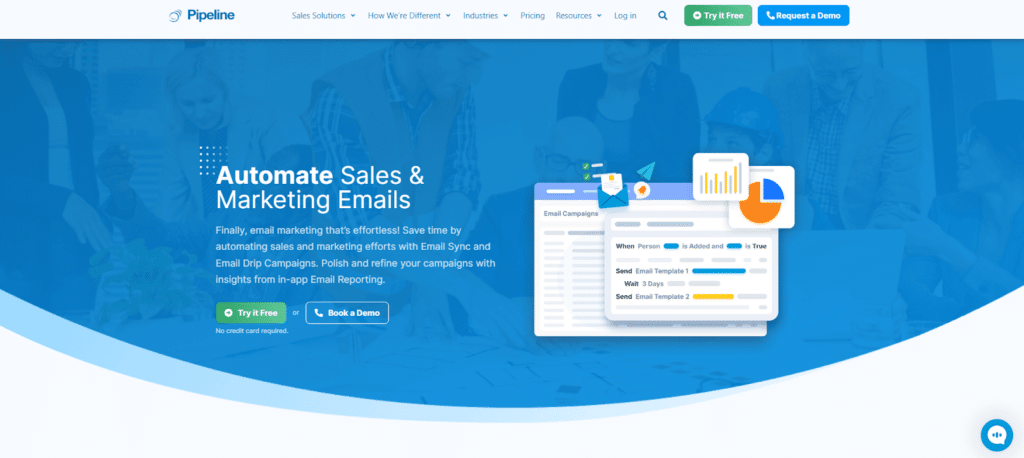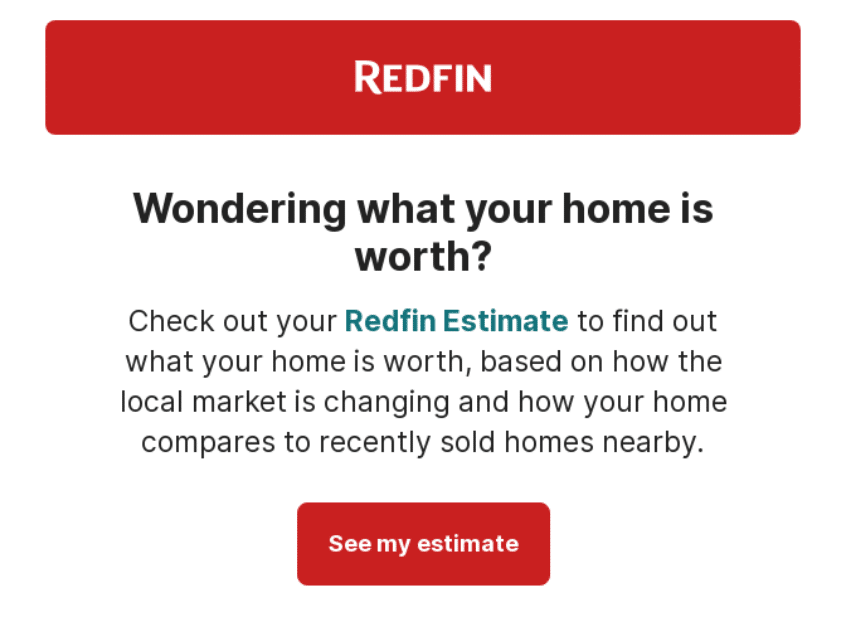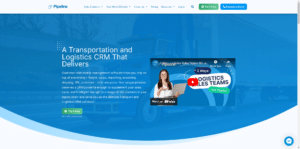What defines the success of your email marketing?
You may say open rates and click-through rates (CTR). While those two are important metrics, email response rates offer the most direct measure of your campaign’s success.
Unfortunately, outbound email campaigns often fail to generate the desired response rate. To solve this issue, you must first identify the root causes of low email reply rates and address them with the right strategies.
We’ll examine some common reasons for low email response rates in sales and discuss how to address them, including leveraging sales CRM software.
What Is an Email Response Rate?
Email response rate is the percentage of email replies you receive compared to the total number of emails you send. For example, you sent 200 emails and received 20 replies. Your response rate for that email campaign is 10%.
Analyzing your email response rate is like taking the pulse of your email marketing efforts. High response rates indicate that your campaigns resonate with your audience, potentially leading to a pool of promising leads and, ultimately, more sales. Conversely, having low email response rates means your targets are not interested in what you’re offering. You need to tweak the emails (messaging, link attached, or sequences) to improve their effectiveness.
Related: Learn how to leverage email drip campaigns for your cold sales outreach.
13 Reasons for Low Email Response Rates in Sales
Here are some common reasons for low response rates for cold sales emails.
Content-Related Reasons for Low Email Reply Rates
1. Ineffective subject lines
A captivating subject line is the key to unlocking your email’s potential. Uninteresting or vague lines won’t nudge the recipient to open the email, leading to low response rates.
To create winning subject lines, you need to keep them short and clear and tease any incentives you may offer. Additionally, analyze data on recipient interests, past behavior, and purchase history. Use these insights to create subject lines that are highly relevant and pique their curiosity.
The most efficient way to run a sales email campaign is to combine your CRM data with a drip email solution. Leverage the Pipeline CRM’s automatic email solution to easily connect the dots of your lead’s information and challenges and create a compelling email subject line and messaging accordingly. Additionally, take advantage of our built-in AI email assistant to help accelerate the process and eliminate the creative burden.
2. Confusing, misplaced, or uninteresting CTAs
CTAs are crucial for improving response rates. They direct customers to take the desired action, like downloading your e-book, visiting your product page, or redeeming an offer.
The reader won’t click on the CTA button if it doesn’t communicate the exact action you want them to take. It must be strategically placed to get noticed easily like below.
If the recipient has to go through a long copy before reaching the CTA, they may close the email before finding it. So, structure the email so that you will place the CTA in the middle before delving deeper into the topic.
Additionally, companies often make the mistake of adding several CTAs in one email to increase email response. However, this may just confuse the reader and stop them from clicking entirely.
If your CTA checks the above boxes but isn’t exciting enough, it still won’t get you a response. Therefore, it is recommended to design up to two CTAs per email that communicate the direct value you offer and use action-driven words that create urgency.
3. Lengthy email copy
Readers often don’t engage with lengthy email copies. The key here is to offer value without cramming too much information while writing sales emails.
Here’s what you should do:
- Ensure the layout is simple to optimize email rendering in devices.
- Break down the copy into several small paragraphs and use bullets wherever applicable.
This makes your email easily skimmable and ideal for busy readers.
4. Lack of personalization
A McKinsey report found that 71% of consumers expect personalized interactions with businesses, and 76% get frustrated without it. The same rule applies to cold email campaigns too. The lack of personalization won’t resonate with the reader. As a result, they won’t engage with it or click on the CTA, lowering the response rate.
The solution?
- Analyze your customer preferences, needs, challenges, and desires.
- Track engaging content types.
- Analyze historical data on your sales CRM software to see what they clicked and downloaded from your earlier campaigns.
- Incorporate the findings in your email copy.
5. No sense of urgency
Using words like “limited-time deal,” “hurry,” or “offer ends today” creates a sense of urgency, which pushes the recipient to open the email. Consequently, this improves your chance of getting a response significantly.
6. Inconsistent “from” name
Inconsistent “from” names compromise your campaigns’ credibility. Frequent changes to this small aspect may even drive your emails to the spam folder.
So, use a credible “from” name for all your emails. It should be on-brand and let the customer recognize you at once.
Targeting-Related Reasons for Low Email Reply Rates
7. Not filtering bounced email addresses
Blasting emails to addresses that consistently bounce hurts your bottom line in two ways. First, the Internet Service Providers (ISPs) might flag you as spam, throttling delivery to all your contacts. Second, you’re wasting resources on inactive addresses when you could be nurturing valuable leads.
Leverage sales CRM software, like Pipeline CRM, to remove inactive and bounced contacts. You can also create targeted and personalized campaigns to re-engage cold prospects.
8. Unsegmented email list
Another cause of generic email marketing is an unsegmented email list. Your customers will only engage when the email content speaks to their specific needs and pain points.
To send targeted cold sales emails, categorize your email contacts based on demographics, location, industry, buying history, and recent activities. This way, individual subscribers get emails relevant to their buyer journey. It differentiates your campaigns from common emails and improves email reply rates.
Unmaintained email lists also result in a lower response rate, as your subscriber’s preferences may have changed. Use sales CRM software to manage your email list based on real-time data and remove unwanted contacts.
For example, you can apply advanced rules and conditions (e.g., high-quality leads or leads that have intensively contacted you recently) to ensure the right message reaches the right audience.
Technical-Related Reasons for Low Email Reply Rates
9. Bad timing
You wrote a stellar email copy with attractive offers and rewards, but unfortunately, it reached the recipient’s inbox at the wrong time. What happens next? Well, it may just get buried in other marketing emails.
In short, for desired results through outbound emails, timing matters.
Put yourself in the recipient’s shoes. Most people don’t check their emails during the weekends. However, people take time to catch up with their correspondence on Monday morning, and some scroll through emails while commuting to work. So treat the early morning until 10 am as a good time for sending cold emails. Avoid sending emails after business hours since people may not check their inboxes.
For more efficient targeting, examine customer data to get acquainted with the daily habits of your subscribers. Run A/B tests for different time slots and see which gets the best response rate.
10. Lack of incentives for the recipient
Recipients may not be motivated to respond if your email doesn’t communicate what’s in it for them.
So, offer rewards and value that resonate with your customers. Tap into the latest customer insights before creating email campaigns and design rewards accordingly. It could be free upgrades, vouchers, free ebooks, exclusive entry to webinars and events, etc.
11. Not adhering to CAN-SPAM standards
CAN-SPAM standards establish strict requirements for commercial messages and offer recipients the option to stop receiving them. Email campaigns not adhering to these standards have a high chance of ending up in the spam folder. Your recipients won’t even see them in their primary inbox.
Here are some best practices to ensure optimal email deliverability:
- Communicate that your email is a promotion
- The emails must include a valid physical postal address
- The recipients must have a clear unsubscribe button
12. Not using double opt-in
Double opt-in confirms a subscriber wants to receive emails. That way, your efforts will be focused on high-quality leads, leading to better response rates. It also reduces the chances of spam reports, improves an email campaign’s success, and boosts deliverability.
13. Lack of mobile optimization
Do you always open your laptop to check emails? No, because smartphones, among their many other conveniences, let you check your inbox on the go. In fact, mobiles generate approximately 50% of global web traffic.
Subscribers won’t bother engaging with cold sales emails that aren’t optimal for mobile views. Here are some steps to avoid that:
- Use compact images in JPEG format, as PNG images don’t load on some devices.
- Use A/B testing to ensure the layout is consistent across devices.
Reduce Low Email Response Rates with Pipeline’s Sales CRM Software
Implement our strategies and monitor the email KPIs to reduce your low email reply rates. Compare the open rate with the response rate to calculate email marketing efficacy and tweak your approach accordingly.
The most important element in improving email response is making customer data analysis and email sending as efficient as possible. For that, you need reliable sales CRM software.
Enter Pipeline CRM.
As one of the best sales pipeline management software available today, it offers:
- Automated email drip campaigns
- Sales automation
- Lead management
- Real-time reporting
Your email list is efficiently managed, campaigns are delivered on time, and email copy hits the bullseye every time. The result? Subscribers get emails that excite them, the response rate improves, and so does conversion and marketing ROI.
Sign up for a free trial to keep low email response rates at bay.







